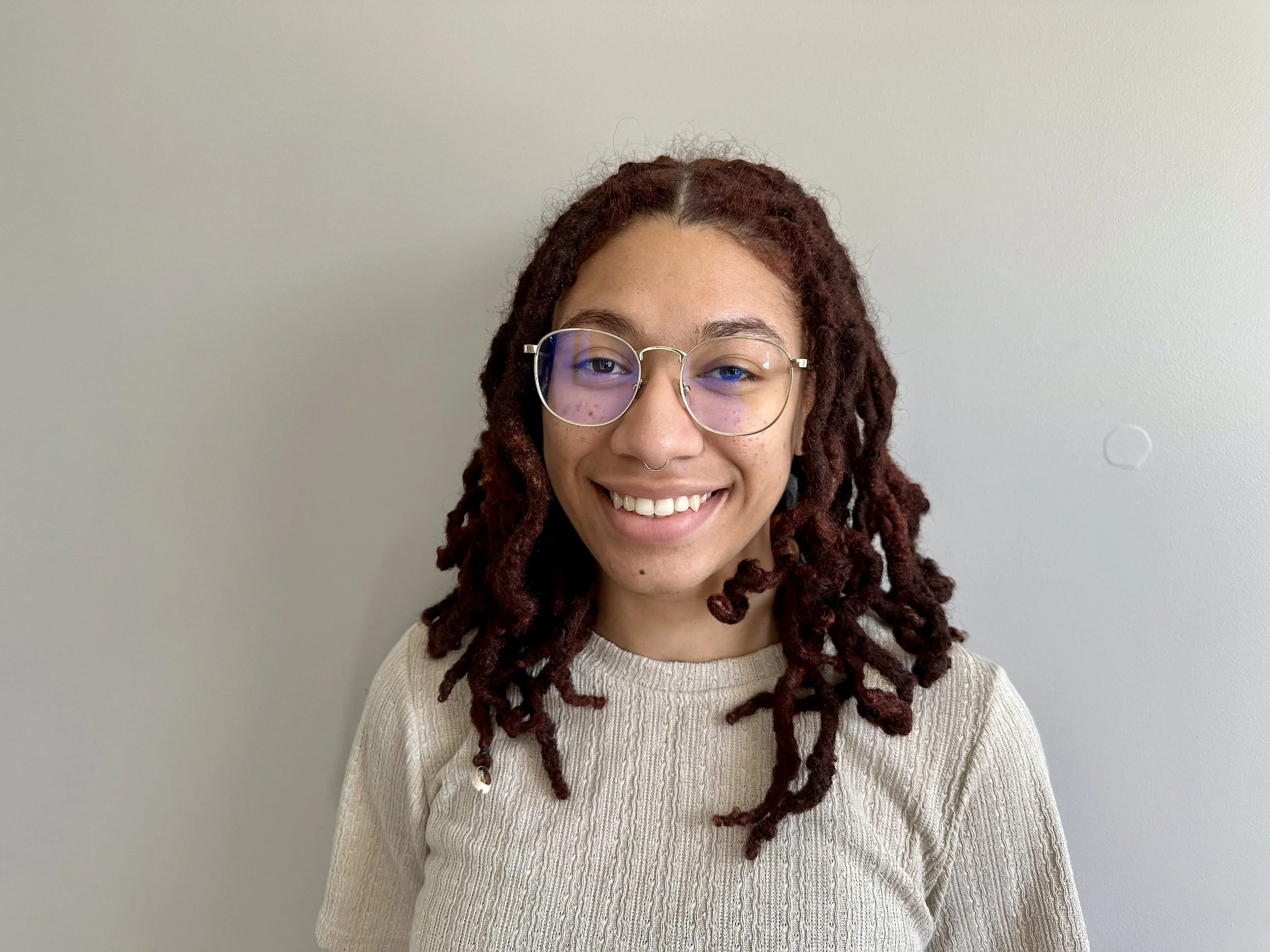Landscape Architecture Foundation (LAF) Launches New Program to Support BIPOC Design Students
Advertisement
As built environment professionals across disciplines strive to create more equitable, sustainable, and resilient spaces, the Landscape Architecture Foundation (LAF) has launched a comprehensive new program to accelerate those efforts and generate long-lasting impacts on our communities.
LAF Ignite is a scholarship-internship-mentorship program for Black, Indigenous, and people of color (BIPOC) landscape architecture students, created to increase the pace and scale at which the discipline takes action to address underrepresentation of BIPOC professionals within the field. The program aims to expand the pool of talent, ideas, and lived experiences that designers bring to the communities and clients they serve. These increasingly diverse perspectives, values, and experiences ultimately will be reflected in the places they create.
The program is the result of a concerted, years-long effort by LAF, a dedicated group of stakeholders, and more than 100 donors to support BIPOC landscape architecture students and help address the barriers they face when completing their education and entering the working world. Many report not seeing themselves or their lived experiences reflected in their faculty, employers, and peers. LAF Ignite was created to support BIPOC students through this important stage of their lives and beyond. Anyone interested in learning how to apply, become an internship provider, mentor or funder can visit the program website.
“Thanks to the broad support of leaders in the landscape architecture community who made Ignite possible, we are easing students’ financial burdens, allowing them to explore a variety of potential career paths, and giving them the guidance and leadership, they need to successfully graduate and begin their careers as designers and shapers of our built and natural environments,” said LAF CEO Barbara Deutsch, FASLA.
After a competitive application process last fall, the first group of participants was announced on January 6, 2023:
Naomi Canino, Rhode Island School of Design, MLA Candidate
Originally from Chicago, Naomi’s desire to help her community led her to the University of Illinois at Urbana-Champaign (UIUC), where she received a degree in Crop Sciences: Horticultural Food Systems. Studying at UIUC, Naomi’s curiosities expanded to design, leading to her graduate studies at RISD. Currently, Naomi is in the process of shifting her work to be more aligned with her interest in psychology and mental health. She aims to push for her designs to incorporate biomimicry and environmental psychology methodology as a baseline when thinking about curating a landscape.
Advertisement
Ezra Lewis, University of Georgia, BLA Candidate
Ezra wants to use the built environment to promote sustainable and reciprocal relationships between communities and the environment. She also wants to design spaces that could be used for horticulture education and food production for local communities as a harm reduction strategy to address food deserts, while spurring community investment and emphasizing the importance of historic preservation. Ezra hopes to design spaces that uplift the community and contribute to the health and safety of a population and their environment.
Shantol Morgan, University of Washington, BLA Candidate
Shantol developed an interest in drawing and painting at an early age. With a few architectural design studios under her belt, Shantol completed her Associate degree in the arts at Broward Community College in Florida, then moved west to Seattle, Washington, inspired by the prospect of beautiful views and innovative design. Traveling while studying and working in the field is one of her career aspirations. Representation of diverse cultures and designing with the context of how people feel in space and what they bring to a space is an area of focus for her. Shantol is currently pursuing a minor in Anthropology to pursue this relationship.
Charlye Stewart, University of Pennsylvania, MLA Candidate
After receiving a Bachelor of Science in Wildlife Ecology and Conservation at the University of Delaware, Charlye is pursuing an MLA with an interest in designing spaces to promote wildlife conservation, green infrastructure, innovative technology, and corporate social responsibility. Charlye hopes to research the dramatic slowdown in human activity caused by the pandemic along with the ways in which humans may better coexist with wildlife on a day-to-day basis. One day, she hopes to have her own apiary.
Students selected for the program receive an annual US$10,000 scholarship, an annual paid summer internship, and three types of mentorships throughout their educational journey. Each year, 3-5 students will be accepted into Ignite and participate until they have completed their landscape architecture degree. Every new cohort joins the group from past years with up to 15 students participating at once.
Within landscape architecture, less than 3 percent of American Society of Landscape Architecture members identify as African American, compared to over 13 percent of the general population. Under-representation is found among other races as well. Various landscape architecture professionals and capacity organizations are striving to ensure the discipline better reflects the communities they serve, and an important piece of that puzzle is supporting a diverse, new generation of landscape architects, who ultimately will design the places people live, work, and play.
Advertisement
Tim Pratt is the Communications Manager at the Landscape Architecture Foundation.
Learn more about the program and first cohort here.








